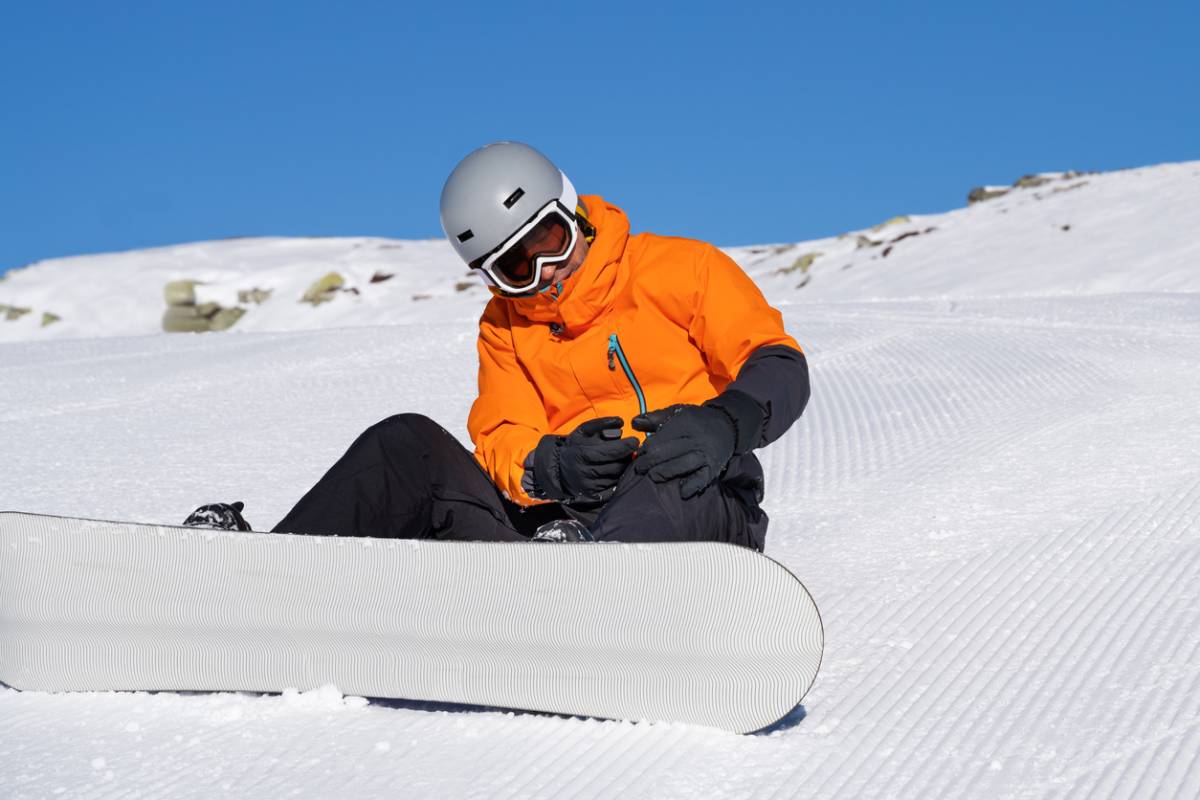The temperatures are dropping, and snow is starting to fall across America’s cooler regions. The air is filled with anticipation as millions of people begin to pull out their winter gear in the hopes of getting to enjoy their favorite sports. Skiers, snowboarders, bobsledders, and toboggan aficionados are all preparing to hit the slopes. But they need to watch out for the most common winter sports injuries.
Most Common Winter Sports Injuries
Unfortunately, as with all physical activity, winter sports do come with a certain amount of risk. Recent statistics show that, on average, you can expect about one injury per 300 days of skiing or snowboarding. These rates are about three times higher for participants under the age of 18. Now, that doesn’t necessarily mean that you pack up your snowboard and go home, but it does mean that you should exercise caution, follow safety protocol, and educate yourself on what is most likely to go wrong.
Injuries to the Knee Ligaments
Knee injuries are incredibly common in skiers, snowboarders, and even ice skaters. Their prevalence is mainly because each sport requires the feet to be strapped into a specialized apparatus that makes the activity possible. An unexpected turn or particularly nasty fall puts additional pressure on the ankle and knee while forcing the joints to move unnaturally. Ankle injuries have been reduced thanks to improved boot technology, but evidence suggests that this has simply pushed all of the force up to the knee, resulting in increased rates of ACL injuries.
Snowboarder’s Ankle
A colloquial name for a fracture on the outer talus bone, snowboarder’s ankle is usually identifiable by consistent ankle pain. Unfortunately, the injury doesn’t always show up on x-rays, so it can be difficult to diagnose. If you suspect you may have sustained this injury while snowboarding, it is in your best interest to contact an orthopedist DC. General practitioners present a valuable resource for diagnosing more prominent injuries and referring patients to the appropriate specialist. Still, snowboarder’s ankle may require an expert eye just to get a diagnosis.
Skier’s Thumb
It may not sound serious, but skier’s thumb is a painful injury that usually results from a fall. In these cases, the skier’s pole sticks in the ground as the skier is thrown forward, forcing their thumb against the top of the pole. The unrelenting force of the pole against the thumb often causes a sprain to ulnar collateral ligament. But it is also capable of causing a rupture. Either way, just try going through one day without using your thumb, and you’ll realize how serious it can be.
Wrist Fracture
Wrist fractures are common across all sports where falls happen regularly. Human beings have a strong instinct to catch themselves, and this results in most of us reaching out when we fall. Our wrists take the full force of the fall, and the fracture occurs. Fortunately, these can usually be prevented by wearing wrist guards.
Head and Spinal Injuries
These injuries are rarer but can also be far more serious. Head and spinal injuries usually occur as the result of an impact. Hitting an obstacle or another person can lead to blunt force trauma or cause the spine to whiplash. In these cases, it is better to assume that the injured person requires emergency medical attention.
When Things Go Wrong
You can wear all the right safety gear, have your equipment properly maintained, use all the ri犀利士 ght techniques, and you may still suffer an injury at some point. Given this possibility, it is a good idea to carry identification and emergency contact information. Many winter sports result in you being separated from your party at least part of the time. Luckily, very few of these injuries are life-threatening. A swift diagnosis, an established treatment plan, and a visit to your local sports medicine Washington DC are usually enough to get you back on the slopes once you’ve healed.

